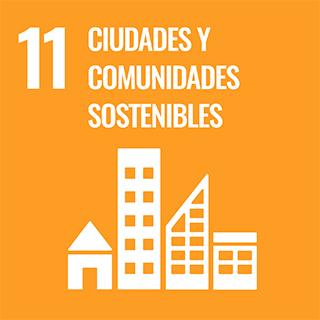
Indexed in
License and use

Citations
Impact on the Sustainable Development Goals (SDGs)

Antonio Bonet. La capilla de Soca (1960-1966). Reconstrucción del recinto y del camino ritual
Publicated to:Ega Revista De Expression Grafica Arquitectonica. 25 (39): 144-155 - 2020-01-01 25(39), DOI: 10.4995/ega.2020.11467
Authors: Rodenas Garcia, Juan Fernando; Gonzalvo Salas, Carlos
Affiliations
Abstract
En este trabajo analizamos la capilla de Soca, Canelones, Uruguay, (1960). Se trata del primer edificio religioso proyectado por Antonio Bonet Castellana (1913-89) y el único que se llevó a cabo. A partir de la información del archivo del arquitecto elaboramos y presentamos nueva documentación gráfica, a través del redibujado de la obra en su conjunto, con el objetivo de aportar información inédita al reconstruir el emplazamiento de la capilla incluyendo el pabellón anexo y la delimitación de los muros exteriores como elementos activos que forman parte del ritual. Por otro lado, se aporta información de otra capilla que figura en el expediente de Soca del archivo del arquitecto. Con este trabajo, cualquier interesado puede disponer de datos adicionales para una mayor comprensión de la obra.
Keywords
Quality index
Bibliometric impact. Analysis of the contribution and dissemination channel
The work has been published in the journal Ega Revista De Expression Grafica Arquitectonica due to its progression and the good impact it has achieved in recent years, according to the agency Scopus (SJR), it has become a reference in its field. In the year of publication of the work, 2020, it was in position , thus managing to position itself as a Q1 (Primer Cuartil), in the category Visual Arts and Performing Arts. Notably, the journal is positioned above the 90th percentile.
Impact and social visibility
Leadership analysis of institutional authors
There is a significant leadership presence as some of the institution’s authors appear as the first or last signer, detailed as follows: First Author (Rodenas García, Juan Fernando) and Last Author (Gonzalvo Salas, Carlos).